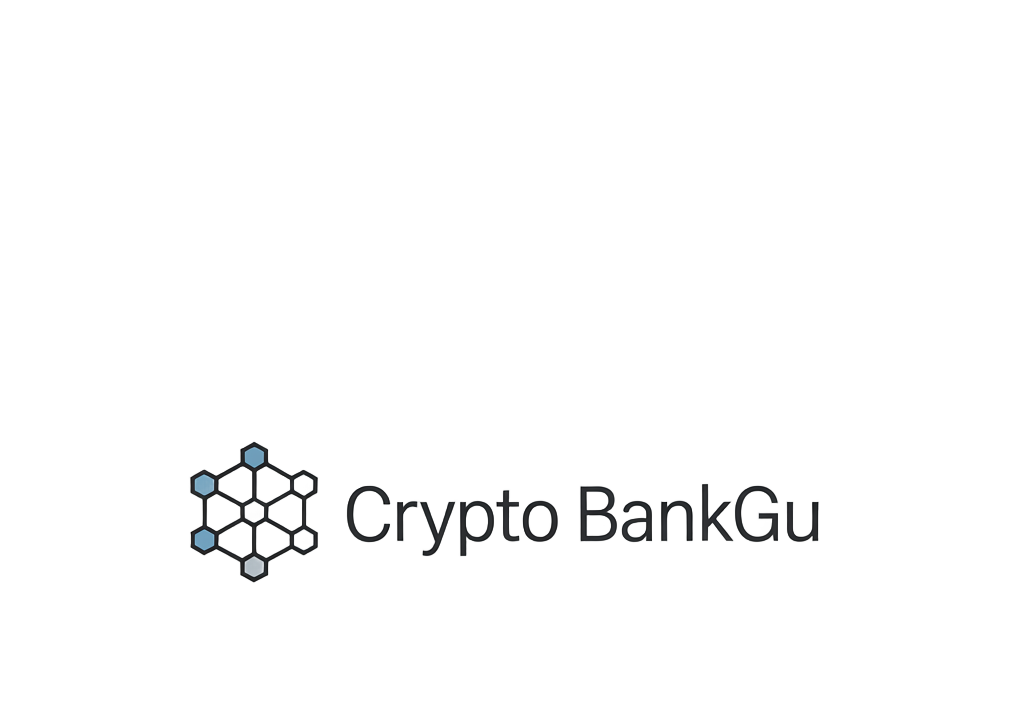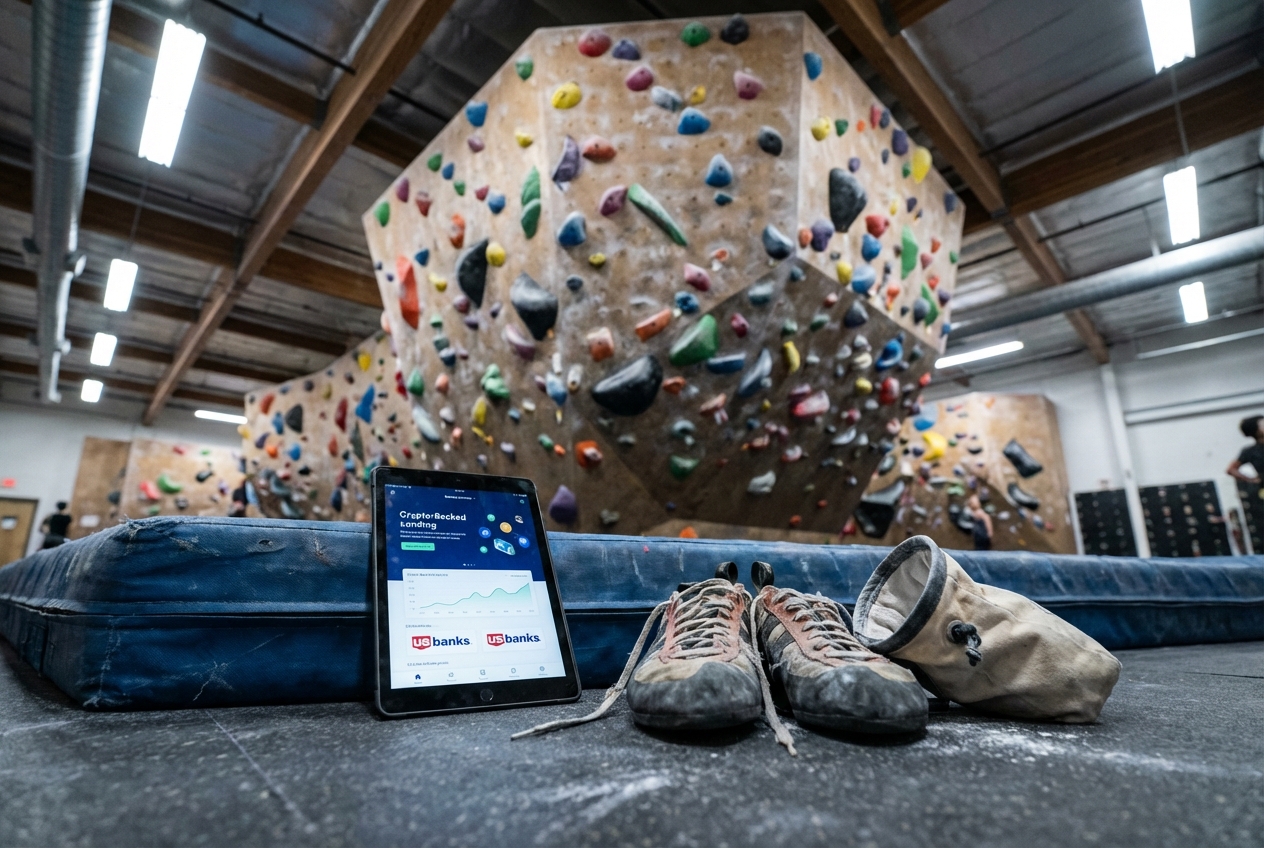
Traditional banks are no longer standing on the sidelines as decentralized finance (DeFi) reshapes global lending. Instead, many established institutions are actively integrating DeFi lending protocols to reach underbanked regions, where millions still lack access to affordable credit and basic financial services. This ongoing convergence is transforming not just how banks operate, but who they can serve.
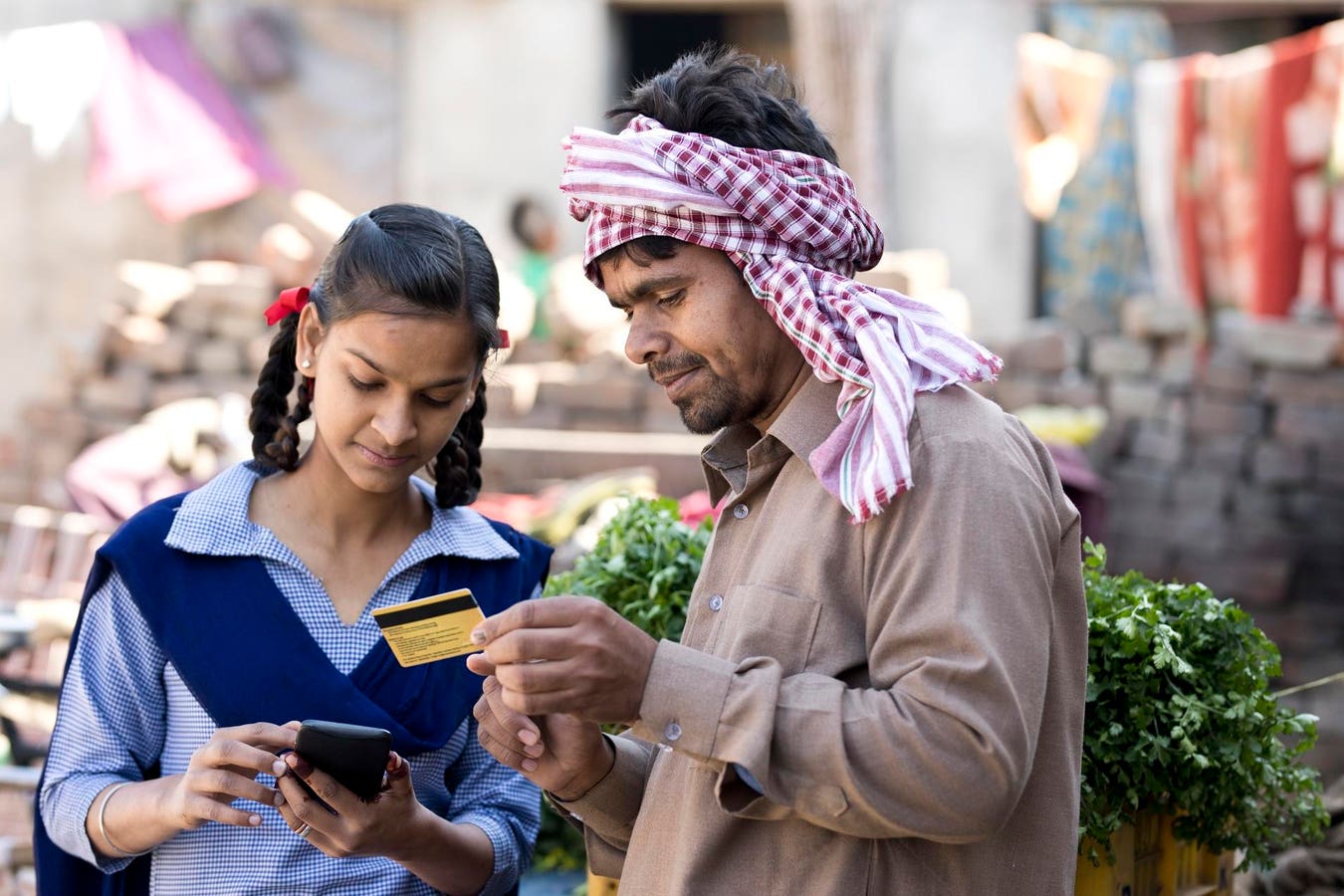
Why Banks Are Turning to DeFi Lending
For decades, high operational costs and strict regulatory requirements have made it difficult for banks to serve remote or low-income populations. DeFi lending banks, however, leverage blockchain technology and smart contracts to provide secure, transparent, and cost-effective alternatives. These features eliminate traditional intermediaries, reduce friction in cross-border transactions, and lower barriers for both lenders and borrowers.
By adopting DeFi protocols, traditional banks can offer 24/7 services that are accessible from any internet-connected device. This is especially valuable in regions where brick-and-mortar branches are scarce or non-existent. The result is a new generation of hybrid financial products that combine the trust of legacy institutions with the innovation and accessibility of DeFi.
Strategic Partnerships: The Bridge Between Old and New
One of the most significant trends in banks integrating DeFi is the formation of strategic partnerships between established financial institutions and blockchain startups. For example, JPMorgan Chase’s Onyx Digital Assets platform has already processed over $300 billion in institutional lending transactions by leveraging blockchain for settlement while maintaining regulatory compliance (source). Similarly, platforms like Fiat24 and Cashaa now offer on-chain IBAN accounts that blend fiat banking with digital asset management, an approach that enables seamless savings, payments, and lending for previously underserved customers (source).
Banks are also launching innovation hubs focused on developing compliant DeFi solutions. Singapore’s DBS Bank stands out as a pioneer with its regulated crypto trading platform and tokenized bond trading initiatives in partnership with major global players (source). These efforts highlight a deliberate strategy: harnessing blockchain’s efficiency while ensuring adherence to evolving regulatory standards.
Key Benefits of DeFi Lending Integration for Underbanked Regions
-
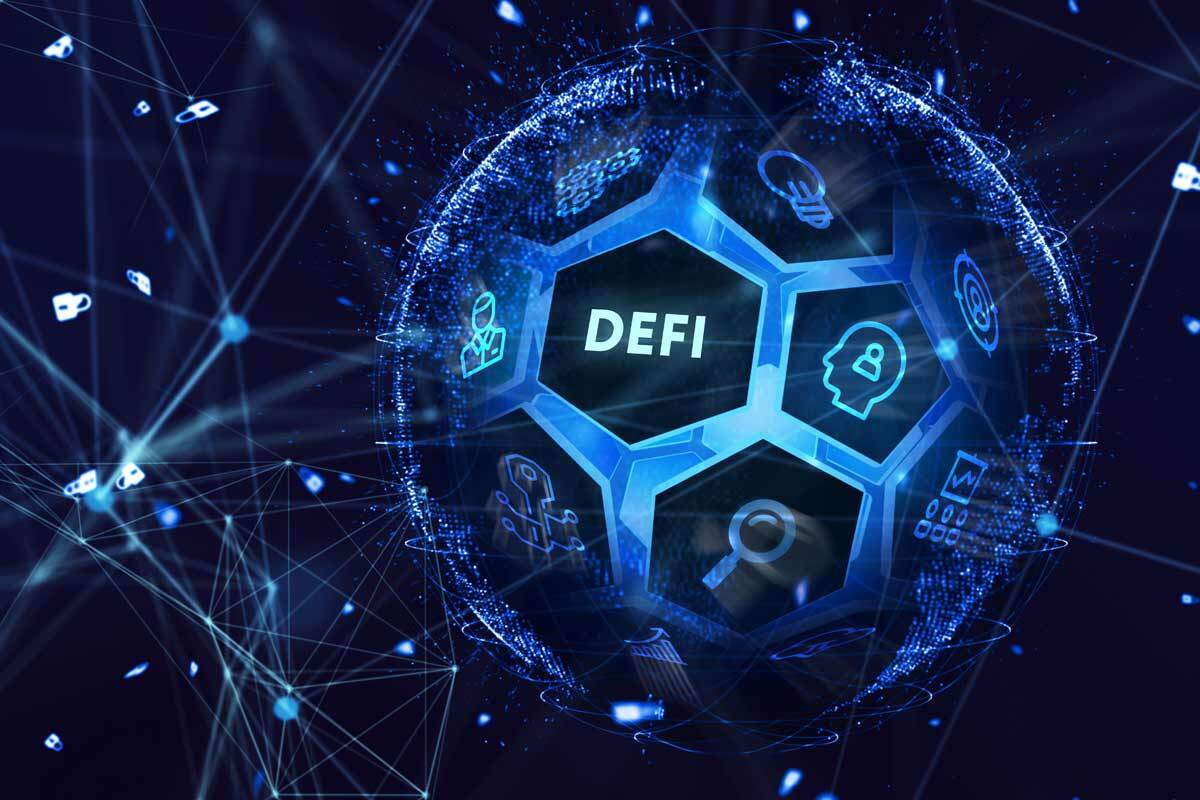
Expanded Financial Access: DeFi integration allows traditional banks to serve underbanked populations by providing 24/7 access to lending and borrowing services, regardless of geographic location. This eliminates the need for physical branches and helps overcome barriers like limited infrastructure.
-

Lower Transaction Costs: By leveraging blockchain and smart contracts, DeFi reduces reliance on intermediaries, resulting in lower fees for loans and financial transactions. This makes credit and other financial services more affordable for underserved individuals.
-
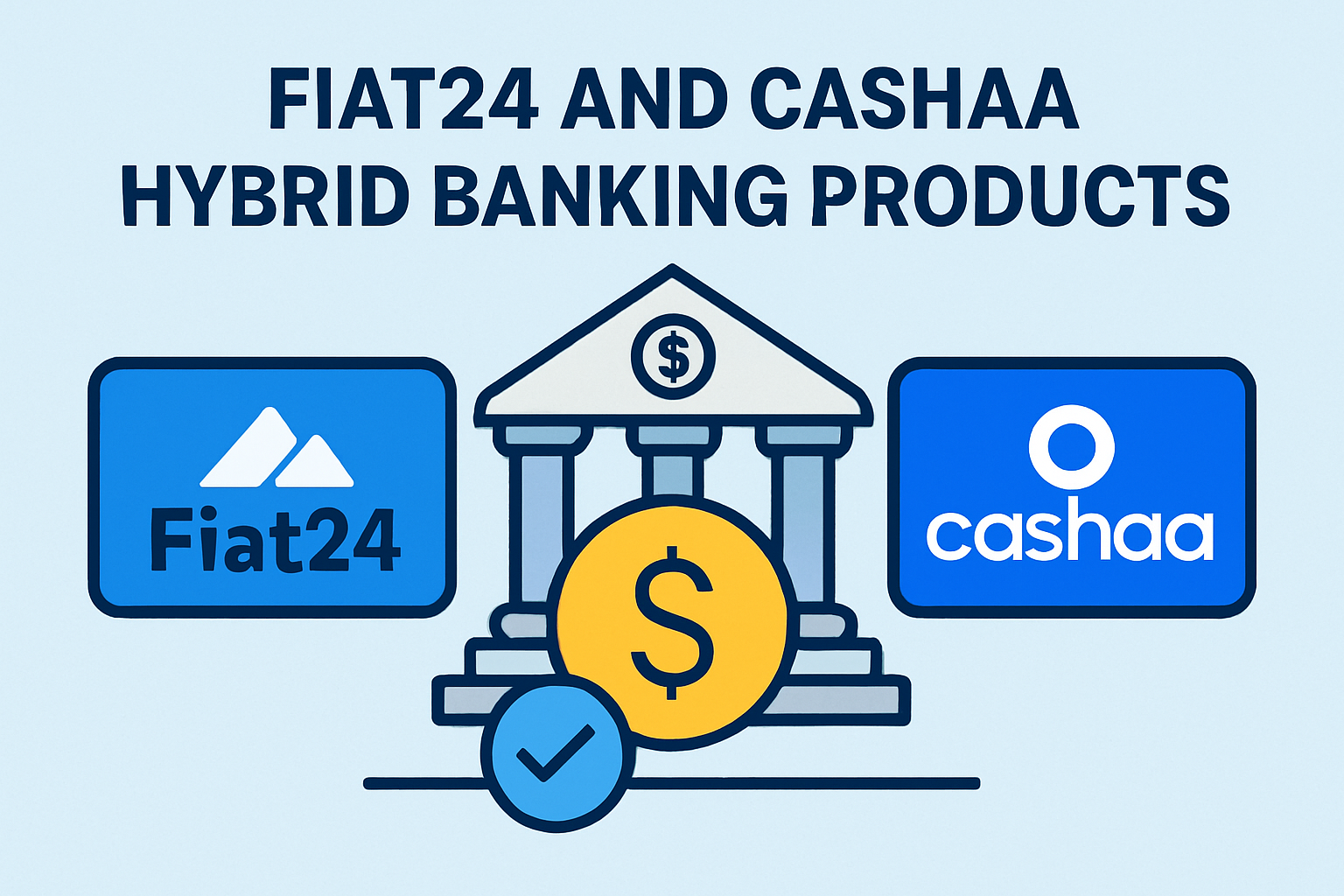
Hybrid Financial Products: Banks are offering innovative products that combine traditional and DeFi features, such as on-chain IBAN accounts from Fiat24 and multi-currency accounts from Cashaa. These solutions provide seamless access to both fiat and digital assets, enhancing daily financial inclusion.
-

Transparency and Security: Blockchain-based DeFi lending ensures transparent transaction records and automated contract execution, reducing fraud risks and increasing trust for users in underbanked regions.
-

Regulatory-Compliant Innovation: Leading banks like DBS Bank are creating innovation hubs and regulated digital asset platforms, ensuring DeFi solutions meet compliance standards while fostering safe adoption in new markets.
The Impact on Financial Inclusion
The adoption of crypto lending for underbanked communities is more than a technological upgrade, it’s a catalyst for economic empowerment. By removing geographic restrictions and reducing reliance on costly intermediaries, blockchain lending banks can extend credit to individuals who previously had no access to formal banking channels. According to research from Gemini Trust and recent case studies from emerging markets, these advances are enabling micro-loans for entrepreneurs, affordable remittances for migrant workers, and secure savings products for families living paycheck-to-paycheck.
This shift isn’t without challenges. Technological barriers such as limited internet access or low digital literacy persist in many target regions. Moreover, regulatory clarity remains crucial as banks navigate compliance risks while experimenting with decentralized models (source). Nevertheless, collaborative efforts between traditional institutions, fintech innovators, and policymakers are laying the groundwork for scalable solutions.
As DeFi lending banks accelerate their push into underbanked markets, the competitive landscape is evolving rapidly. Not only are traditional banks leveraging blockchain to modernize their own operations, but they are also catalyzing a broader shift toward open, interoperable financial systems. This momentum is driving new efficiencies in credit scoring, loan disbursement, and risk management, areas that have historically excluded those without formal credit histories or collateral.
Key Considerations for Sustainable Adoption
For banks integrating DeFi, success hinges on more than just technology. Regulatory compliance remains paramount, especially as cross-border flows and digital asset usage expand. Innovation hubs within major institutions are collaborating closely with regulators to pilot compliant DeFi products that can scale without sacrificing security or consumer protections.
Another critical factor is digital literacy. While DeFi platforms can theoretically reach anyone with an internet connection, practical adoption requires user education and accessible interfaces. Banks are investing in community outreach and local partnerships to bridge this gap, efforts that will be essential for long-term impact in regions with limited infrastructure.
Do you think DeFi lending will replace traditional microfinance in underbanked regions?
With traditional banks increasingly integrating DeFi solutions to reach underbanked communities, the landscape of financial inclusion is rapidly evolving. Will decentralized finance ultimately take over microfinance, or will both models coexist? Share your view!
What’s Next for Blockchain Lending Banks?
The coming years will likely see deeper integration of DeFi banking adoption across both established and emerging markets. Already, hybrid offerings from platforms like Cashaa are setting a precedent for how regulated institutions can deliver crypto-backed loans alongside fiat services. As interoperability standards mature, expect to see more seamless movement between centralized and decentralized finance, empowering users to choose the best tools for their needs.
The evolution is not about replacing traditional banking entirely but rather augmenting it with transparent, efficient alternatives that address persistent gaps in access and affordability. For the underbanked, these advances could mean the difference between exclusion and participation in the global economy.
How to Evaluate a Bank’s DeFi Lending Offerings
Navigating this new landscape requires careful due diligence. When considering a bank’s DeFi-integrated products, look for:
- Transparency: Are smart contracts auditable? Is transaction data publicly verifiable?
- Security: What measures are in place against hacks or protocol failures?
- Regulatory status: Does the offering comply with local laws? Are consumer protections clearly outlined?
- User experience: Is onboarding intuitive for first-time users in underbanked communities?
Banks that excel on these fronts are best positioned to deliver sustainable value while mitigating risks unique to both blockchain lending banks and their customers.
The intersection of traditional banking infrastructure with decentralized finance is still unfolding, but its promise is clear: broader access, lower costs, and greater autonomy for millions previously left out of the formal financial system. As regulatory frameworks evolve and technology matures, expect even more creative collaborations, and a new era of inclusive finance powered by both legacy institutions and cutting-edge blockchain innovation.
